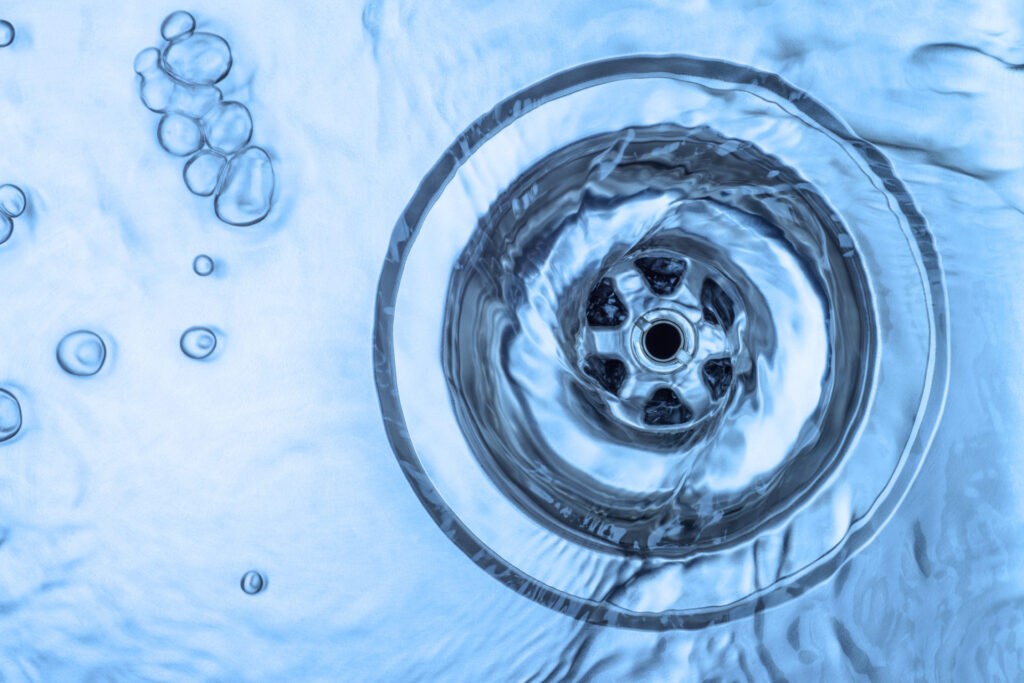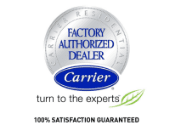Backflow Prevention Tips for Homeowners
Homeowners take on a lot of things when they purchase a home, and potential issues with plumbing systems can be a surprise. Backflow issues can be surprising, even shocking if you don’t expect them. But there are ways to prevent the issue. First, though, it’s important to know and understand what backflow is and how it can affect your home with these backflow prevention tips.
What Is Backflow?
Backflow happens when water is pushed in the opposite direction that it's intended to go. In general terms, backflow is a bad thing. It’s more serious than a stopped drain. It means that instead of flowing out of your toilet, bathtub, or sink and into the sewer system, it flows into your plumbing and comes out of the sink, toilet, or bathtub drains. There are a few reasons that the problem might occur.
Typically, backflow is a sign of cross-connection in your plumbing system. A cross-connection occurs when there’s a potential for contamination between the usable and non-potable water. In many cases, home plumbing systems have a backflow prevention valve installed. There are a couple of different types of backflow prevention devices that we'll cover.
Reasons You May Have Backflow Issues
Broken Backflow Prevention Devices: If the backflow prevention device installed in your system has broken, there’s the possibility of cross-contamination. Most current plumbing fixtures have backflow prevention installed as part of the fixture.
Problems With Water Pressure: When water pressure drops, that increases the potential for cross-contamination of useable and non-potable water. Pressure needs to remain steady in order to prevent backflow or back siphoning, which occurs when the water is pulled through the system, like a vacuum.
Types of Backflow Prevention Devices
Plumbing codes require the use of devices meant to ensure backflow prevention in certain situations. They're not always required in residential properties, except if there’s an irrigation system on the property or a large boiler or fire suppression system in the building.
There are several types of devices that you can choose from when you’re looking to solve a backflow issue or ensure that it doesn’t happen at all. They include the following:
- Air gap: An air gap is a space between the water outlet and the flood level of a plumbing fixture.
- Double Check Valve or Double Check Valve Assembly (DCVA): This assembly consists of two valves placed in different places along the plumbing system. It works well to prevent back pressure and back siphonage.
- Pressure Vacuum Breaker (PVB): Often used in irrigation systems, a PVB keeps non-potable water from contaminating potable water sources within the system.
- Reduced Pressure Zone Device (commonly referred to as RPZ, RPZD, or RPV): This device is constructed with two spring-loaded check valves, three vertical test cocks, and two shut-off valves. These can be installed outside only if the location is always above freezing and can be installed where uninterrupted meter service is needed. You can connect two backflow prevention devices in parallel.
How To Test for Backflow Issues
There are ways to test your backflow prevention devices to ensure that they're working if you’re not in the mood to have a professional come in and handle the task. You can pick up a test kit that contains all of the tools needed to complete the test.
- The absolute first step should surprise no one: Shut off the water.
- Next, you want to look at the device and determine whether you’re using a reduced pressure device or a double-check valve system. There should be information on the device that tells you the direction in which the water flows.
- Get all of the test cocks and bushings you’ll need. Number the test cocks.
- Turn off the number 2 shut-off valve and hook up the test kit hoses.
- Now you’re ready to turn the water back on.
- To test the backflow prevention system, you’ll need to turn the water back on and run the taps at once. If the relief valve doesn’t open as water tries to go back through the system, you should replace it. If pressure increases, you should replace the valve assembly.
How To Prevent Backflow Issues
There are things that homeowners can do to prevent backflow from happening, and these are simple tips.
- Make sure that connections for the garden hose have some sort of backflow prevention.
- Don’t let garden hoses create puddles that can contaminate the hose itself.
- Ensure that there's an air gap when appliances like water softeners are plumbed.
- Frequently change filters. The filters can grow bacteria from contaminating drinking water as they decompose with use.
Don’t get caught up with backflow, and remember these backflow prevention tips to maintain your plumbing — call Cranney Home Services today!
North Shore and
Merrimack Valley Areas include:
Salem | Andover | Danvers | Lynnfield | Melrose and surrounding cities


















